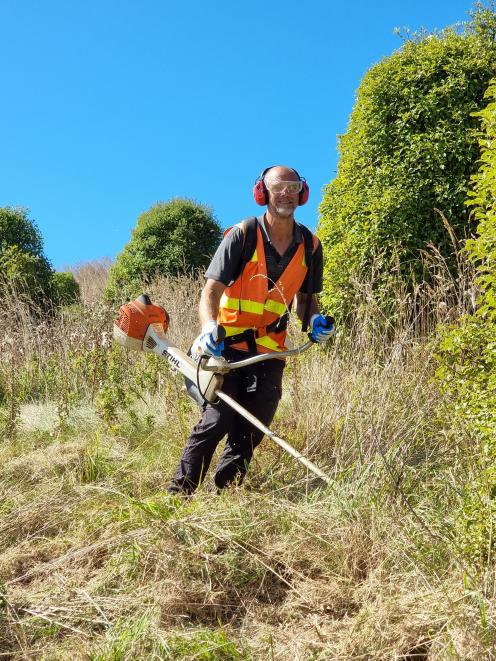
As Emeritus Professor Henrik Moller points out, although 90% of voters live in urban centres, New Zealand’s biological industries — particularly farming and forestry — earn about 60% of the country’s national income.
Urban dwellers often went "hunting and gathering in supermarkets" and there was increasingly less understanding of the struggles their rural counterparts had.
"The more we understand, meet and support each other, the safer our country will be. Our future depends on it," he said.
Prof Moller, an ecologist, is involved with the Tumai Beach Restoration Trust which is holding a community planting day with the East Otago Catchment Group, on Sunday, May 1, on the coast near Waikouaiti.
It was events like that — and work by the likes of the catchment group — which were "practical ways we can all do our bit", he said.

Such events highlighted the "mythical" nature of the perceived rural and urban divide that was often spoken about.
"Town mice and country mice are joined at the hip and the work of the catchment groups is a practical way that we help each other.
"Planting trees binds more than carbon, it binds our community," he said.
A big part of the open day was the labour but it was also about building relationships and welcoming people to the land. In the future, they would be able to see "the fruits of their sweat".
Along the coast of the South Island, between the Catlins and Kaikoura, most of the coastal forestry had been removed, with the exception of Banks Peninsula.
It came down to landowners and community groups to restore parcels of that stretch of forest and Tumai was a good example of that, he said.
It was great to be surrounded by lots of community energy and he was thrilled to see the East Otago Catchment Group gaining momentum.
Conservation charity Trees That Count is funding the plantings at Tumai.
It accepted donations from individuals, families, small businesses and large corporations to help groups like the trust and had proven to be both efficient and flexible, Prof Moller said.
Members of the public keen to help can register their attendance on the Friends of Tumai Facebook page.
The holes for the 3000 trees have already been dug on the retired farmland and a barbecue lunch will be held. Another 7000 trees will be planted later.
Stephanie Scott, from the East Otago Catchment Group, said she hoped to make it a real community event and bring as many people together as possible.
The group was keen to help out with the planting, seeing it as a positive community project.
The group was established nearly three years ago and now had a strategic plan, goals and a vision.
The group had about 10 committee members and was run along similar lines to the North Otago Sustainable Land Management Group. It did not have formal membership.
It involved a wide range of experience and knowledge, from a broad range of people, and it was also keen for some urban members.
Tumai Beach Restoration Trust chairman Kees Meeuws said he and his whanau were dedicated to what the trust were endeavouring to achieve.
It is not his first time involved in forest restoration projects.
The former All Black, now real estate agent, was involved with the Living Legends "Where the Field Meets the Forest" campaign from 2011 to 2013 at the Orokonui Scenic Reserve near Waitati, on the inner shores of Blueskin Bay.
"The land that was there at Orokonui has improved markedly with the planting in a short space of time, I’m hoping the same can be said about Tumai — it is rough pastoral land that borders the Pleasant River Estuary/ Catchment, a body of water that has been identified by the Otago Regional Council [Te Hakapupu Restoration Project] as in desperate need of improvement," he said.
Historically, Te Hakapupu was of cultural significance to the local runaka/iwi.
"Ideally, we’d like to see this land improved to a level where kaimoana, birdlife, wildlife, the quality of the water and the soil itself, is one we can be proud of to sustain life, give life, more life, all life."
Given the latest directive of the Government’s "Te Mana o te Taiao implementation plan", there needed to be a "drastic change if we’re to have a future with New Zealand’s wildlife and biodiversity", Mr Meeuws said.
"This is where our planting of native trees, shrubs and grasses at Tumai will contribute to a step in the right direction in regards to our future.
"It’s a contribution we can all make to the community and be a part of. It’s relevant and it’s important. It’s for the future. It’s bigger than all of us," he said.













